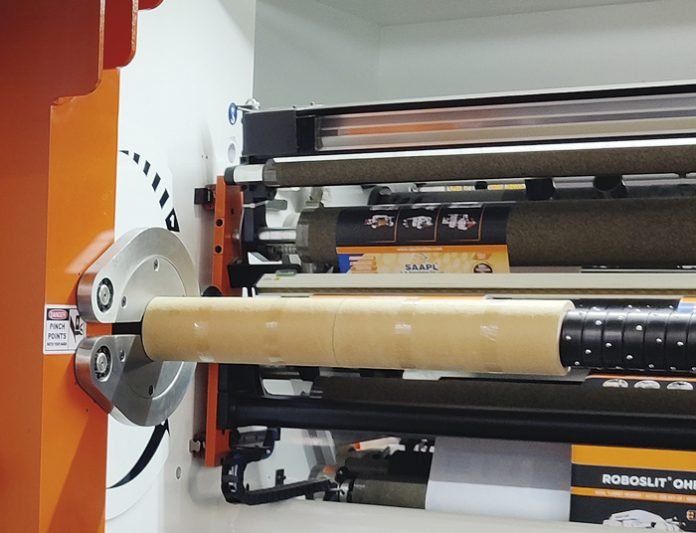#7- Power consumption
Calculate and compare the cost per kilogram slit and rewound
“It would be worthwhile to calculate and compare the power cost per kilogram slit before making your next purchase decision.”
The extent to which power consumption can vary from machine to machine for the same application, or for that matter even for the same set of jobs, would surprise many flexible packaging converters. While a detailed discussion on the underlying factors that influence power efficiency is beyond the scope of this article or series, the usual suspects for this evaluation would include the selection of motors, the power distribution grid, the selection of gear ratios, and the measures taken to restrict the torque of rotating members.
The data available with most manufacturers as regards the power efficiency of their equipment is scanty at best, and misleading at worst. However, if you do have the benefit of more than one machine running nearly the same set of jobs in your plant, it would be worthwhile to calculate and compare the power cost per kilogram slit before making your next purchase decision.
#8-Bought-outs
Where do the components come from?
“Any due diligence while evaluating a slitter rewinder purchase would be incomplete without an in-depth survey of the bought outs used in the equipment.” Like any other machine, a slitter rewinder includes its fair share of “bought outs” or parts that are procured from a third party that specializes in the respective domain. Prominent examples include motors, drives, PLCs, and pneumatic components which are common to most industries, and web-handling devices such as reel chucks, web guides, rubber rollers, and differential shafts which are particular to the converting industry.
These bought outs play a vital role in the functioning of the machine and as such, the performance of the machine depends, to a large extent, on their working well and together. Besides, many breakdowns of the machine can be traced to a malfunction in these bought outs. Therefore, any due diligence would be incomplete without an in-depth survey of the bought-outs used as standard (remember, it is one thing to make use of a reputed brand on the insistence of a customer and quite another to have it as a default, stemming from a ‘no compromise’ policy of the manufacturer). Apart from knowing which criticals come from where, how easy is it to access, service, repair, and or replace them and what are the costs?
– Inputs from Biku Kohli, edited by Packaging South Asia











